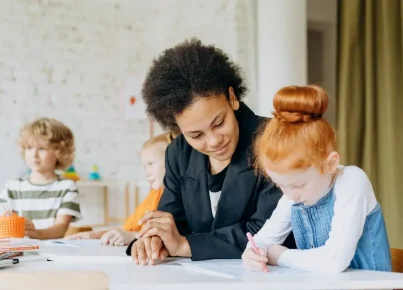Children who have dyslexia have trouble when it comes to picking up sight words. It is not always as easy for them to be able to decode the words that they see, and they may often struggle with this process more than other students.
It is important to know that sight words play a crucial role in the reading development process. Thankfully, you can make this process easier for them and help make sure that they can learn sight words. Let’s take a look at how you can do this.
Break the Words Up For Them
The first thing that you will need to do is break up the sight word for them. By doing so, you will be able to help them understand these words better. The truth about dyslexia is that you can help your child learn better with the right kind of support.
Make sure that you’re putting in the effort to help them. Break up the words by how they look, help them spell the words, focus on the vowels, and do anything else that can help them learn.
Use Mnemonics
If there is one thing that works amazingly, it is the use of mnemonics. These will help your child remember sight words even better. For instance, to help them remember the spelling of “separate”, they can learn that “there is a rat in separate”.
Help them come up with the right kind of mnemonics for their learning. It will take time, but it will turn out to be very helpful when it comes to their learning. There are plenty of tools and apps for students with learning disabilities to help them get a hold of sight words better.
Make Use Of Pictures
Children can learn better with the use of visual aids, so when you’re trying to help them to learn sight words, try to make use of pictures, as well. Doing so will help them make a better connection to what they are reading or looking at.
Illustrations added to flashcards or used in conjunction with them are a great way to start. On top of that, you can switch things up when they get used to learning the words with the illustrations.
Concluding Thoughts
You can do many different things to help your child with dyslexia learn sight words more easily.
For instance, there is a collection of sight words songs that you can use for dyslexic children. Whatever method you choose, make sure you cover all the options available for your child to improve their learning.


